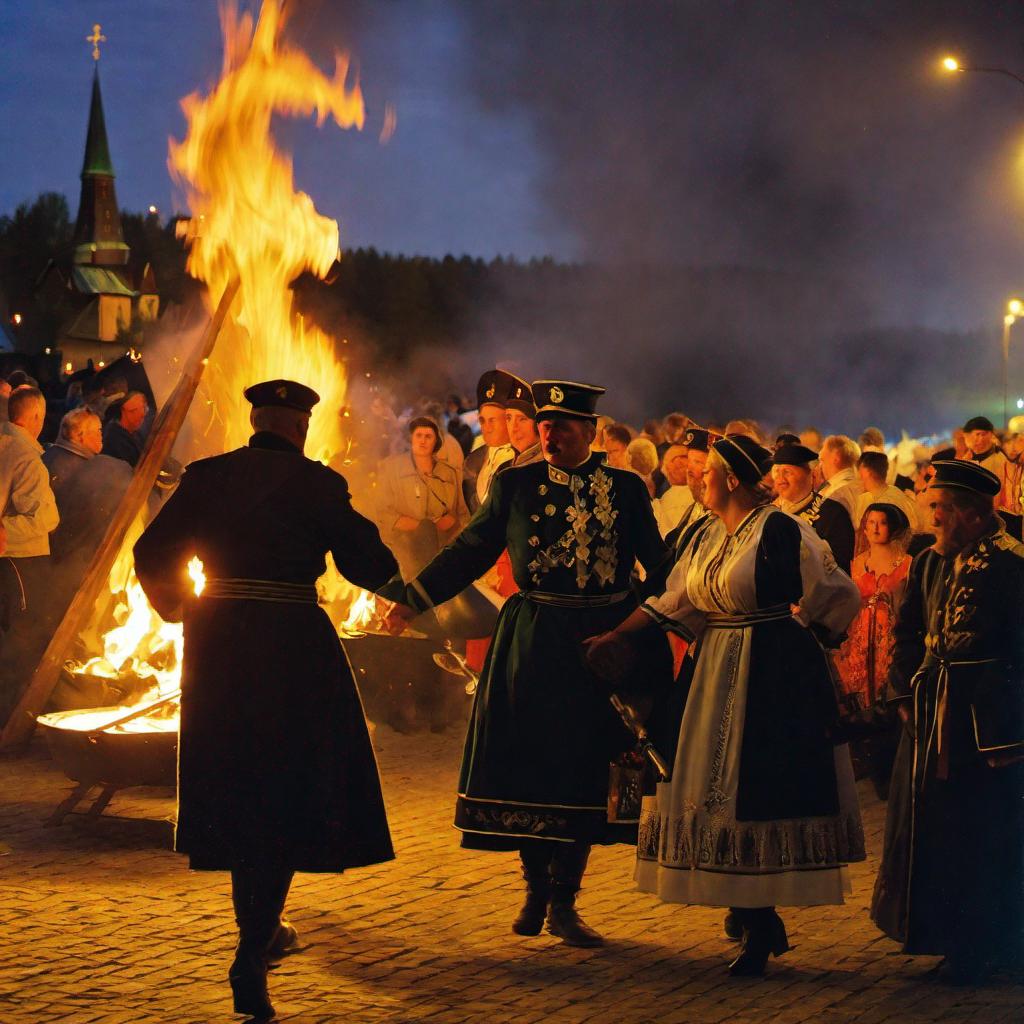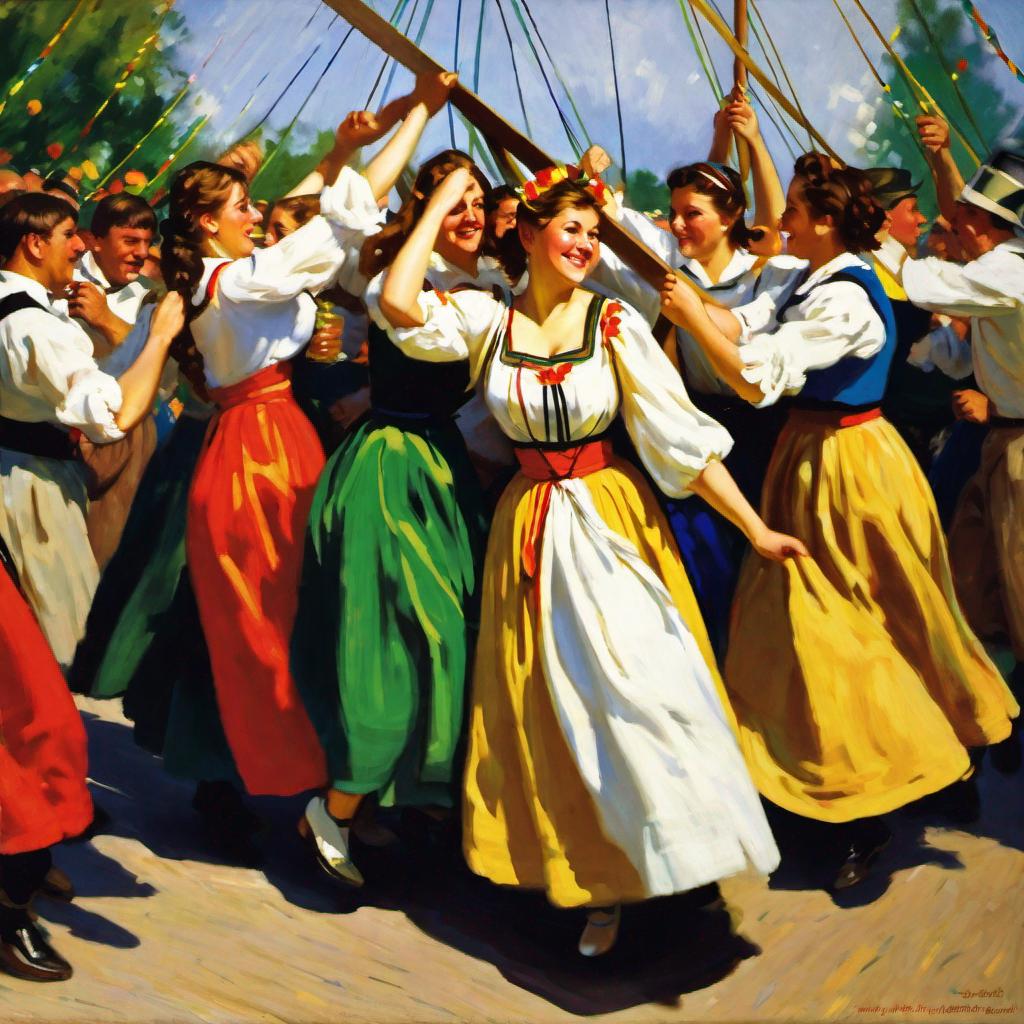Walpurgisnacht among the Volga Germans: A Deep Dive into Traditions and Transitions
When the Volga Germans migrated to the fertile banks of the Volga River in the 18th century, they brought with them not just their crafts and languages, but also a plethora of traditions from their Germanic origins. Among these, Walpurgisnacht holds a special place, interweaving mysticism, celebration, and community bonding.
Known as Walpurgis Night in English, this event, celebrated from April 30th to May 1st, is named after Saint Walpurga. According to ancient Germanic beliefs, this night was when witches held their sabbath atop the Brocken mountain, reveling in rituals and dances.
But how did a festival rooted in deep Germanic woodlands translate to the vast steppes of the Volga region? The answer lies in the remarkable adaptability of the Volga German community and their penchant for cultural amalgamation.

Bonfires became an essential feature of the night, believed to ward off evil spirits and witches. These fires, illuminating the Volga nights, symbolized hope, renewal, and the community's collective strength. The younger members of the community played their part by creating loud noises with pans and drums, adding to the protective measures against any lurking dark forces.
Concurrently, Walpurgisnacht also ushered in the much-anticipated spring. After enduring the long, severe Russian winters, this festival became a beacon of warmth, light, and life. The Maypole dance, a joyful and vibrant tradition, found its place in the heart of the celebrations, weaving in themes of unity, growth, and nature's bounty.

Gastronomy held a pivotal role in these festivities. Tables laden with traditional German dishes, adapted to Volga's local produce, showcased the culinary prowess of the community. Drinks, especially the aromatic Maibowle punch, infused with sweet woodruff, became synonymous with Walpurgisnacht.
The confluence of cultures was evident in how Volga Germans began incorporating Slavic beliefs and rituals into their Walpurgisnacht celebrations. Slavic deities of spring and elements of Russian folklore started finding representation in the festivities, leading to a richer, more diverse celebration.
As years turned to decades, and then centuries, the essence of Walpurgisnacht underwent various changes, reflecting the evolving identity of the Volga German community. Yet, amidst all the shifts, the core spirit of the festival remained unchanged – a night of safeguarding traditions, celebrating nature's renewal, and strengthening community bonds.
Today, descendants of the Volga Germans, scattered across the world, remember and occasionally reenact these traditions. While modern renditions may not replicate the exact rituals of yesteryears, the spirit of Walpurgisnacht remains deeply ingrained in their collective memory.
In essence, Walpurgisnacht among the Volga Germans is a vivid testament to the community's resilience, adaptability, and unyielding commitment to their roots. It epitomizes the intricate dance of tradition and transition, showcasing how cultures can merge, adapt, and flourish even in new and diverse landscapes.